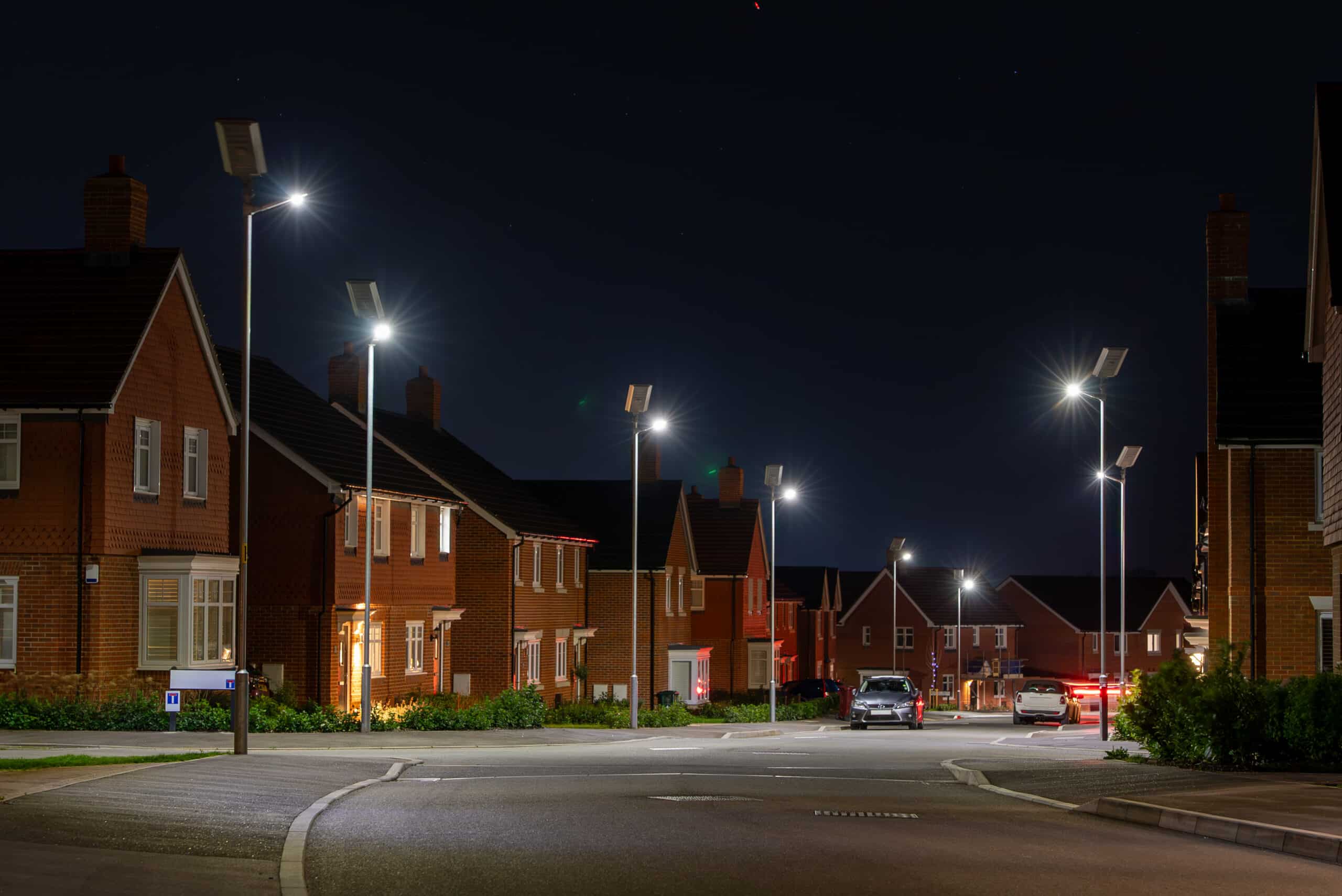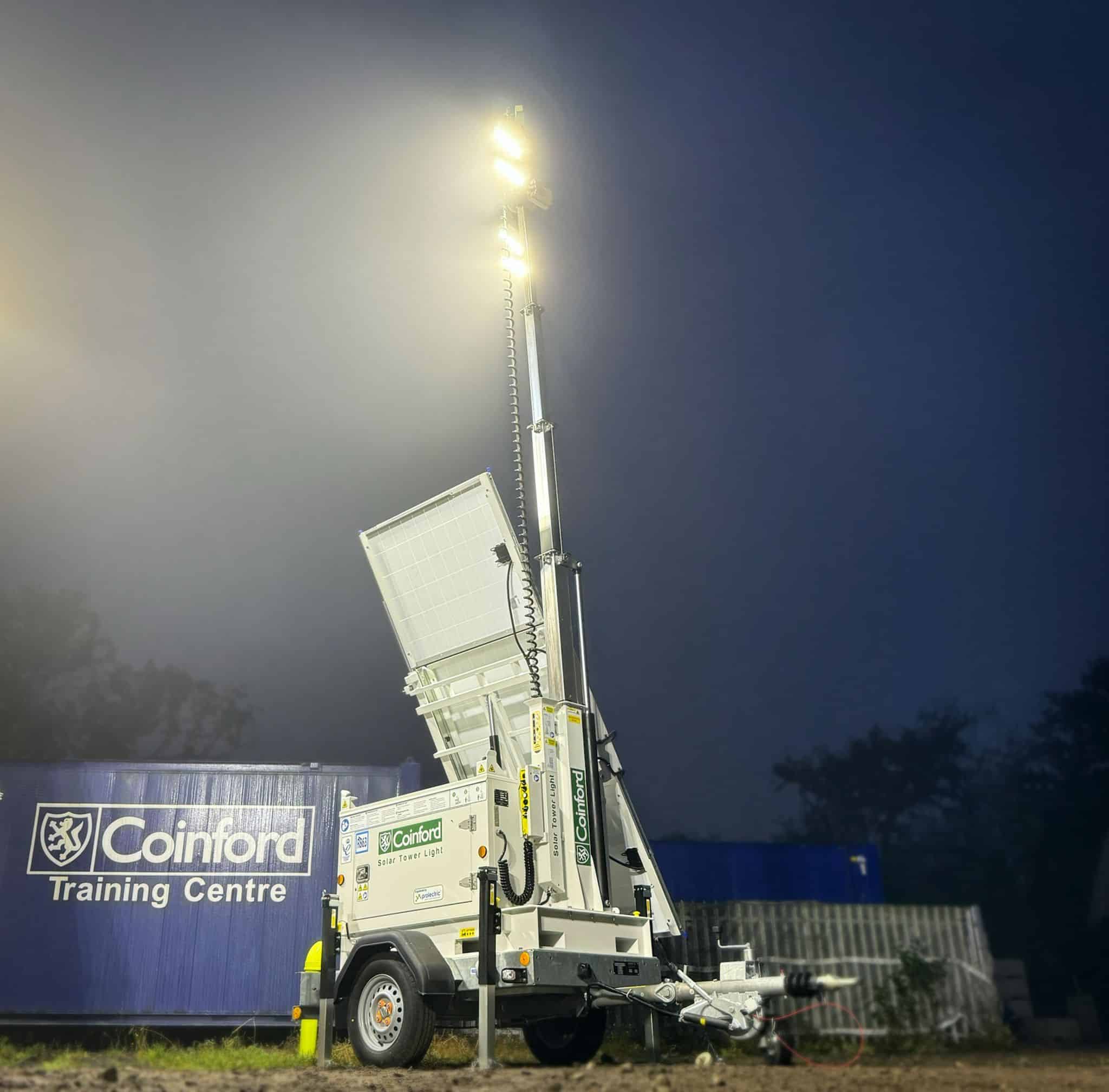
What is your current role, and what are your main responsibilities?
I’m an Apprentice Product Development Engineer at Prolectric responsible for developing and designing our products using CAD. I work closely with the Innovation and R&D team, as well as other areas of the business, to ensure that our products are developed to give the best possible customer experience. I build CAD models of our products from the initial idea to their launch, and even after launch, to continually adapt them based on customer feedback.
I am also responsible for the creation of lighting designs here at Prolectric. I work closely with the sales team and customers to create lighting designs to meet relevant British Standards and customer requirements. I audit the site plans and correctly place our lights on them to meet the correct standards, providing lighting uniformity and ensuring that the solar panels receive as much light as possible.
What does a typical day look like for you?
Here at Prolectric, I get to work on a range of projects making every day enjoyable. One day I could be designing a new or existing product; the next, I could work on lighting designs for our customers. It creates a great, active atmosphere to Prolectric.
What are some of the most exciting projects you have worked on recently?
One of the most exciting projects I’ve worked on was the ProPower 3-Phase. There was a lot of thought which had to go into the CAD to make it easy to use and maintain for both Prolectric and our customers, and it was definitely a big team effort to get it right.
I have also been re-designing some of our Hybrid technologies which has been challenging but very enjoyable. It is exciting to see the CAD models come to life as parts are made and assembled into our products.
What common misconceptions about your industry would you like to dispel?
Solar lighting does not work in winter months. It does, and we have been doing it since 2011. Our lights are designed to stay on all year round with our revolutionary PIR sensors, which allow them to operate on less power, meaning they work throughout the entire night in the winter months. We can provide the calculations to prove that our lights will run 365 days of the year based on the specification of the light and the location of installation.






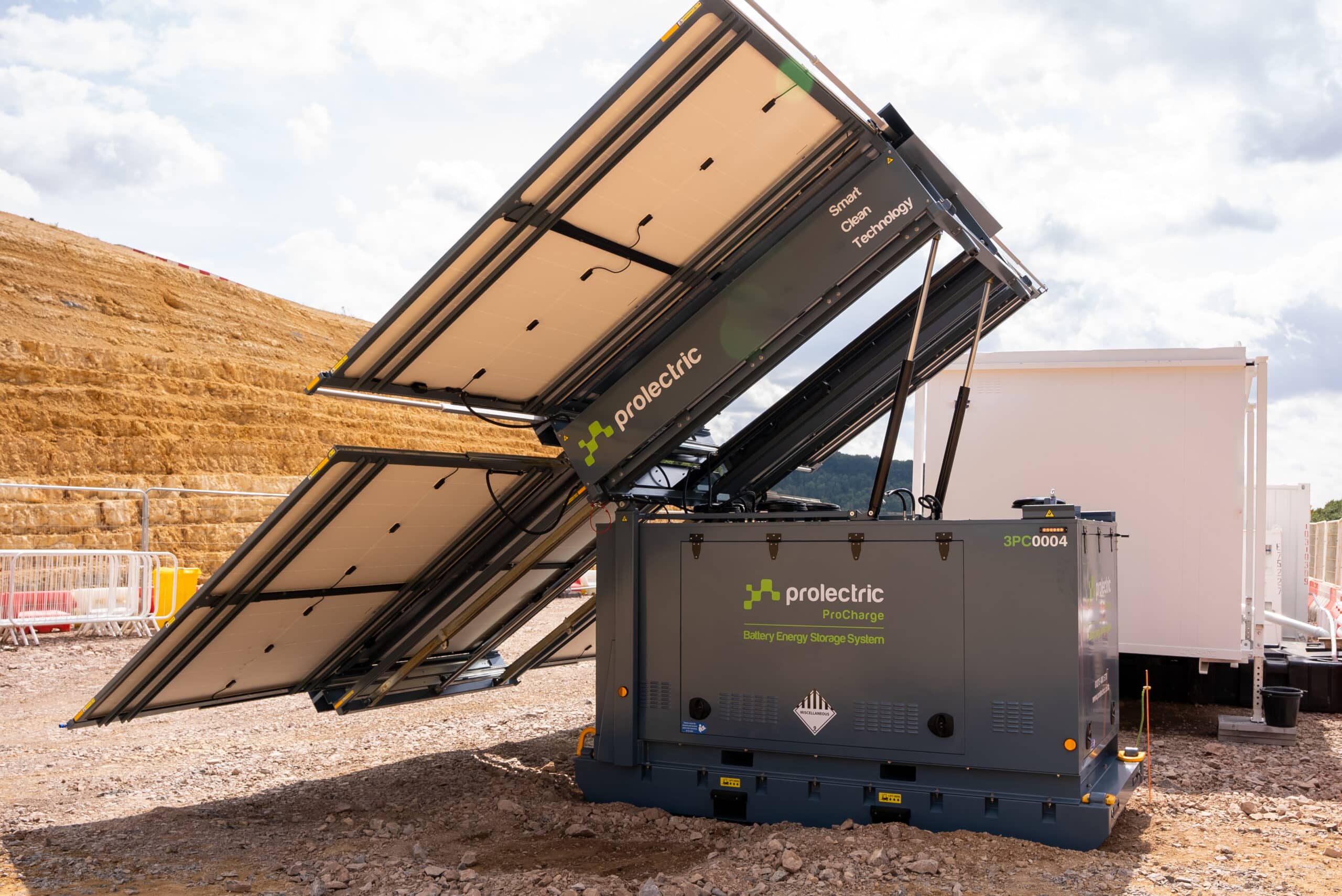

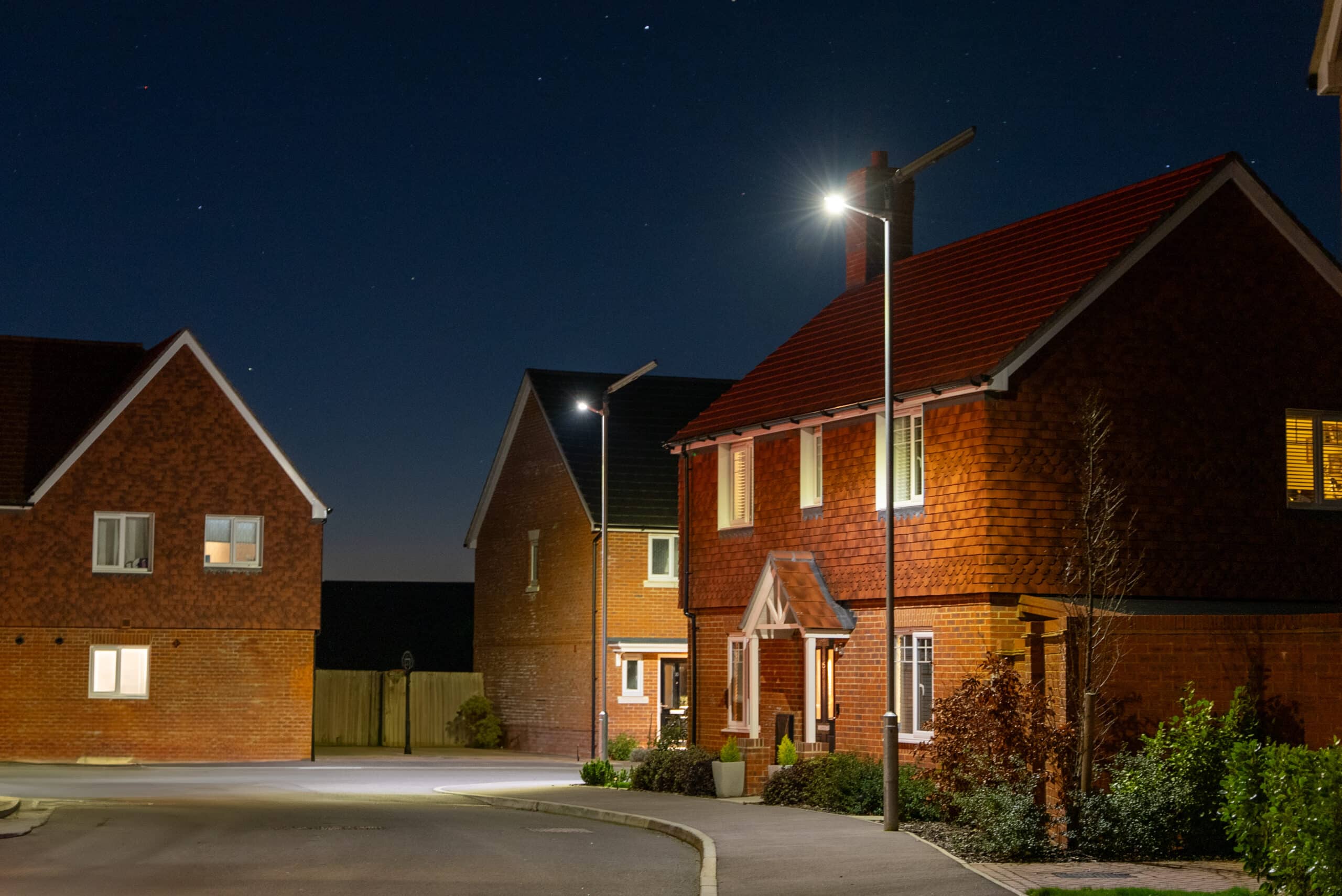
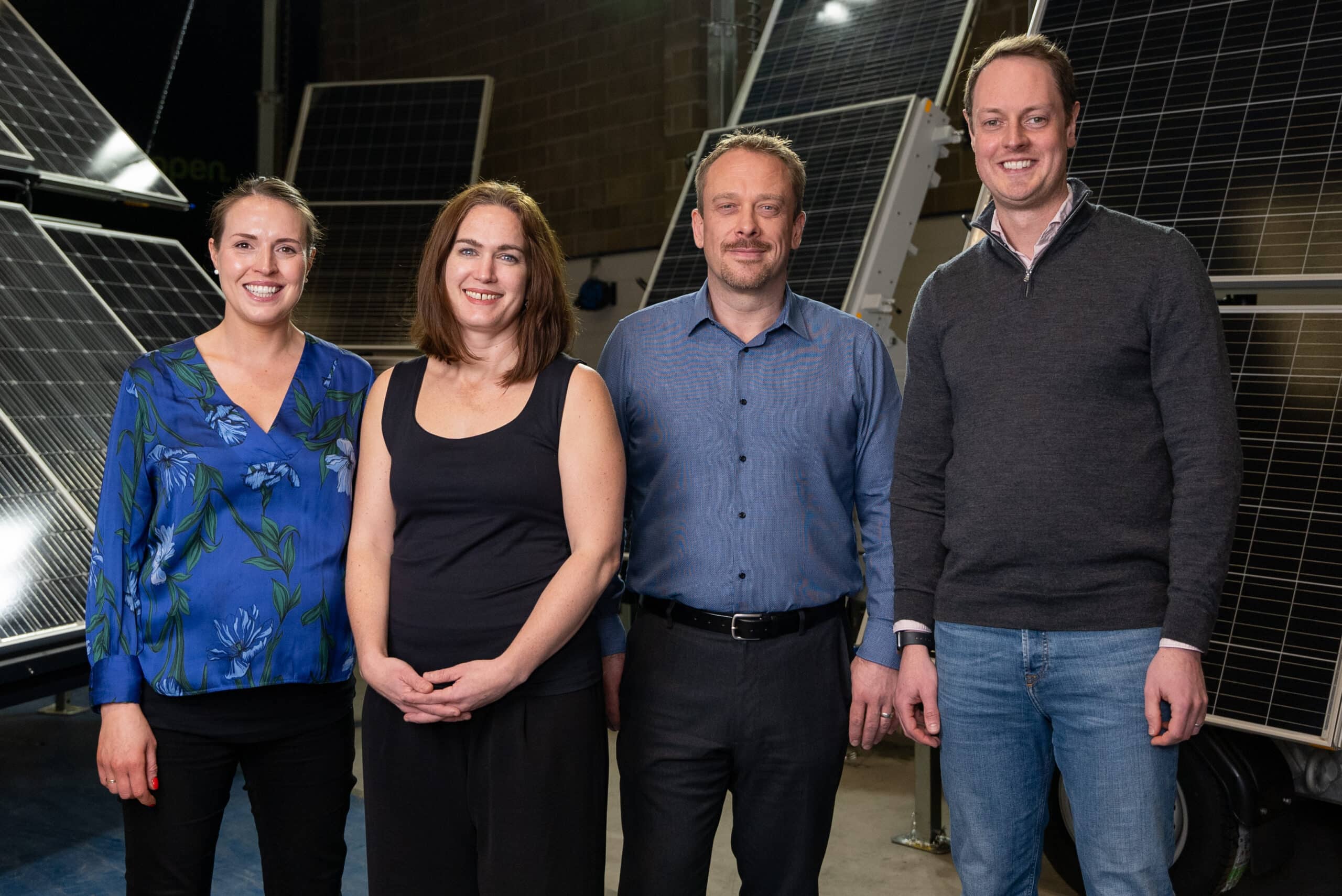

![Powering the Future: How Prolectric’s Off-Grid Solar Solutions Support the Utilities Sector in AMP8 and Beyond Prolectric ProPower Water Utilities [Day]](https://prolectric.co.uk/wp-content/uploads/2024/04/Pro-Power-Water-Utilities-Day-scaled.jpg)
